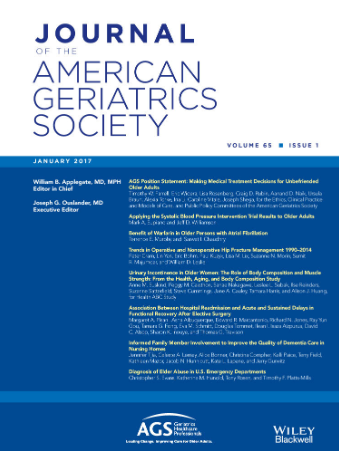Individualized Net Benefit of Intensive Blood Pressure Lowering Among Community-Dwelling Older Adults in SPRINT
Abstract
Background
The optimal blood pressure (BP) target for older adults with hypertension remains controversial, particularly among those with advanced age, frailty, or polypharmacy. This study estimated the individualized net benefit of intensive BP lowering among community-dwelling older adults in the Systolic Blood Pressure Intervention Trial (SPRINT).
Methods
Among 5143 SPRINT participants age ≥ 65 years, Cox models were internally validated to predict an absolute difference in risk between treating to a systolic BP target of < 120 versus < 140 mm Hg for all-cause death, cardiovascular outcomes, cognitive outcomes, and serious adverse events. Treatment effects were combined using simulated preference weights into individualized net benefits, representing the weighted sum of risk differences across outcomes. Net benefits were compared across categories of age (65–74 vs. ≥ 75 years), SPRINT-derived frailty status (fit, less fit, and frail), and polypharmacy (≥ 5 medications).
Results
When simulating preferences for participants who view the benefits of BP lowering (reduction in death, cardiovascular events, and cognitive impairment) as much more important than treatment-related harms (e.g., acute kidney injury and syncope), the median net benefit from intensive BP lowering was 4 percentage points (IQR: 3–6), and 100% had a positive net benefit favoring intensive BP lowering. When simulating benefits and harms to have similar, intermediate importance, the median net benefit was 1 percentage point (IQR: 0–2), and 85% had a positive net benefit. Participants with advanced age and frailty had greater net benefits from intensive BP lowering despite experiencing more harm in both simulations, and those with polypharmacy had greater net benefits when benefits were viewed as much more important than harms (p < 0.001 for all comparisons).
Conclusions
Among community-dwelling older adults with hypertension in SPRINT, almost all participants had a net benefit that favored a systolic BP target of < 120 mm Hg, but the magnitude of net benefit varied according to estimated risks and simulated preferences.


 求助内容:
求助内容: 应助结果提醒方式:
应助结果提醒方式:


